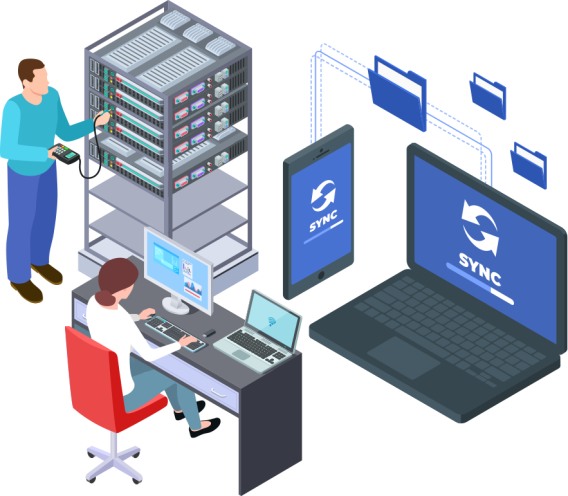Client Backstory
Reliance is the largest producer of petrochemicals in the country and amongst the top ten in the world. With a unique portfolio of B2B businesses spread across polymer and polyester chains, Reliance produces an extensive range of polymers (PP,PE, PVC), elastomers (PBR, SBR, Butyl), polyesters (PSF, PFY, IDY), aromatics (PX, OX, BT, LAB), fiber-intermediates (PTA, MEG, EO) and advanced materials (composites). Reliance serves its global customers through an extensive network of offices, business partners, and distributors spread across the world.
Website: www.ril.com/index.aspx


Challenges
- High incidences of misplacing manual data.
- Inconsistency in maintaining data
- Inability to capture data on a regular interval.
- Delay in capturing data and making decisions.
- Duplication of manual entry.
- To achieve the data synchronization through the windows sync framework which works with Cradel.
- There was a need for providing technical training to senior c# developers while developing the mobile app.
Strategic Approach
Although the requirements were challenging in those days, as the mobile application development was not documented sufficiently, resources were not available in mobile application development, and the technology was limited in terms of nature.
The client is a giant in the petrochemical industry, so the process of business analysis has a broad spectrum. Our journey began by identifying the functional and non-functional requirements of the client's business. To drive efficiency, we also interviewed the key stakeholders to arrive at the requirements more specifically. This helped us in gathering project requirements, understanding objectives, defining the scope of work, and validating with the client's thought for developing a Handheld application that can auto-sync data from PDA devices in early 2005.
Before the actual project started we collected the following documentation to ensure we are building the right application:
- RFP
- SOW
- Design documents
- Sample Data/Physical Printed Forms of process
- Hardware specification to use
- SAP and Oracle integration process/details
- Improve the accuracy of reading data from machinery
- Drive efficiency in its reading system
- Ensure safety and security in its various machines
- Read data from various machinery with 3 hours frequency.
- Eliminating human errors while punching the printed forms in the system.
- Develop a system where reading can be punched indirectly in the handheld device
- Auto syncing the reading to the system.
Impact
- Saving time on reading machinery data by 20%
- Getting data on regular interval increase by 30%
- Instant data retrieval
- Zero chances of missing any data to capture during monitoring

